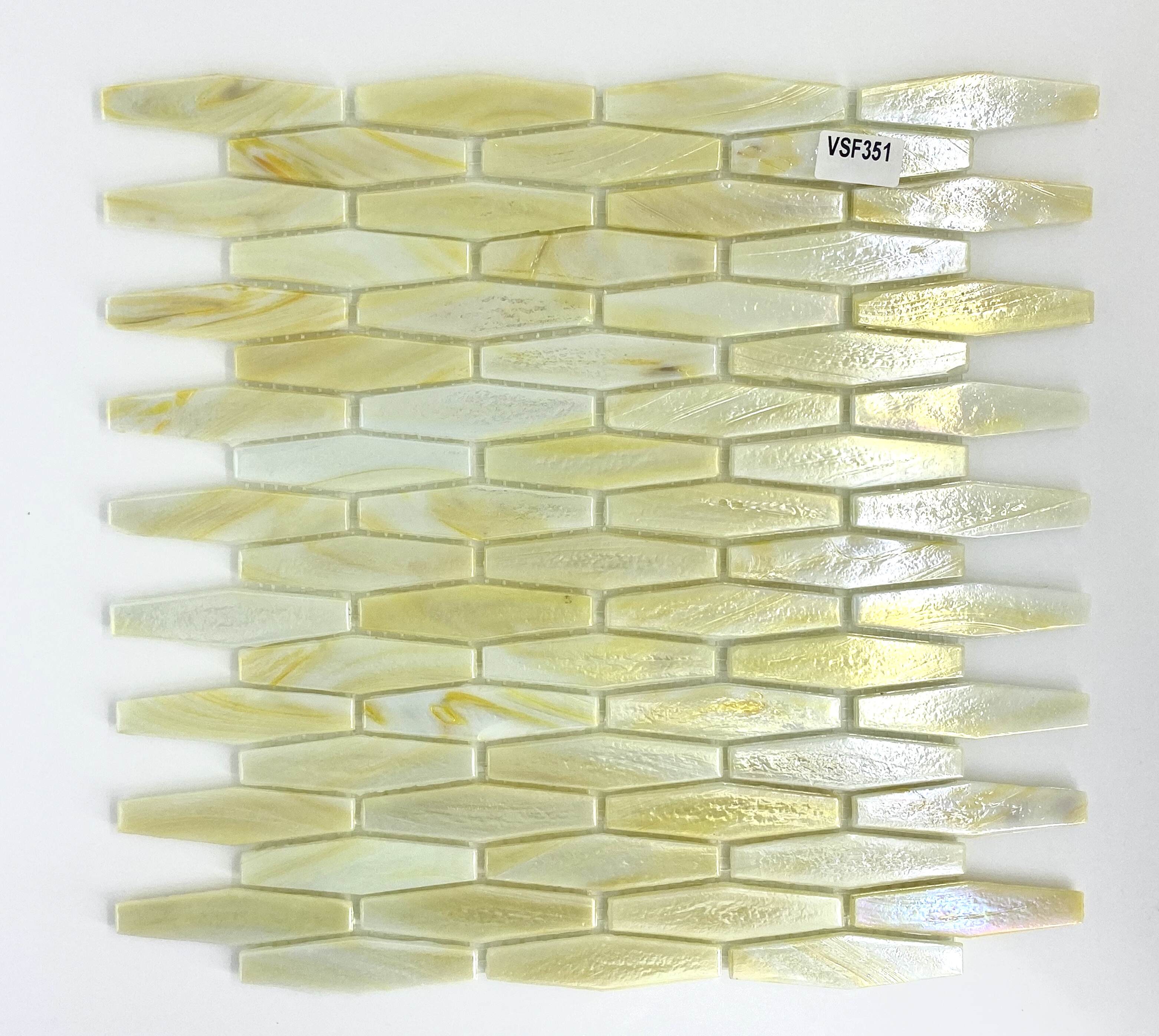Hot Melt Glass Mosaic In Restoration Projects: Preserving History With Modern Techniques
June 12,2023
Hot melt glass mosaic is a modern technique that has been widely used in restoration projects to preserve history. This technique involves melting small pieces of glass, and then fusing them together to create intricate designs that can be used for decorative purposes. With its versatility and durability, hot melt glass mosaic has become a popular choice for restoring historical buildings, monuments, and artworks.
It allows artisans to recreate designs with precision and accuracy, while also providing a vibrant and long-lasting finish. By using this technique, restorers can maintain the authenticity of historical structures while adding a touch of modernity. Hot melt glass mosaic is an innovative solution that offers endless possibilities for preserving history through contemporary techniques.
The History Of Glass Mosaic In Restoration And How It Has Evolved
Glass mosaic has been used for centuries to adorn the walls, ceilings, and floors of important buildings. The earliest known examples date back to ancient Greece and Rome, where they were used as decorative elements in public spaces and private homes. During the Byzantine Empire, glass mosaics became a symbol of wealth and power, adorning the interiors of churches and palaces.
In the Renaissance period, artists like Michelangelo created intricate glass mosaic designs that were incorporated into architectural projects. Over time, techniques for creating and installing glass mosaics have advanced significantly. Today, hot melt glass mosaic is a popular choice for restoration projects due to its durability and ability to replicate historical designs with modern technology.
Advantages Of Using Hot Melt Glass Mosaic In Restoration Projects
1. Durability: The hot melt glass mosaic is highly durable which ensures that it lasts for years without getting damaged.
2. Resistance: The material is resistant to scratches, fading, chemical agents, moisture, and UV light, making it ideal for use in restoration projects.
3. Easy to Install: The hot melt glass mosaic is easy to install, and this reduces the installation time and labor cost, such as hand-setting each individual tile.
4. Easy to Clean: The surface of the hot melt glass mosaic is smooth, making it easy to clean and maintain.
5. Aesthetic Appeal: The hot melt glass mosaic has a glossy finish, which makes it attractive and adds a touch of elegance to the restored structure.
6. Variety: The hot melt glass mosaic is available in a broad range of colors and patterns, giving designers and architects more flexibility in their restoration projects.
7. Environmentally Friendly: The hot melt glass mosaic is made from natural materials and is recyclable, making it an eco-friendly option for restoration projects.
8. Versatility: The hot melt glass mosaic can be used to cover a variety of surfaces, including walls, floors, and even ceilings, making it a versatile material in restoration projects.
Examples Of Successful Restoration Projects Using Hot Melt Glass Mosaic
Hot melt glass mosaic has been used in numerous successful restoration projects, helping to preserve historical landmarks and buildings while utilizing modern techniques.
1.The Basilica di San Marco in Venice, Italy: The intricate mosaic patterns on the basilica's façade required meticulous attention to detail, which was achieved through the use of hot melt glass mosaic.
2.The St. Louis Cathedral in New Orleans: It utilizes hot melt glass mosaic to recreate intricate designs and patterns on its walls and ceilings. The technique has also been employed in restoring historic homes and buildings, such as the 1929 Biltmore Hotel in Coral Gables, Florida, where it was used to restore original mosaics throughout the hotel's interior.
3.Old San Juan Historic District, Puerto Rico: The historic district was restored in 2017 with hot melt glass mosaic tiles. The tiles were used to create a beautiful medallion on the floor of the centuries-old chapel of the Perpetuo Socorro Church.
4.St. Patrick's Cathedral in New York City, USA: A major restoration project was undertaken in 2015, and hot melt glass mosaic tiles were used to replace the deteriorated tiles in the sanctuary and some of the chapels.
5.Pashupatinath Temple in Kathmandu, Nepal: In 2015, the ancient temple was restored using hot melt glass mosaic tiles. The tiles were used to create intricate designs on the temple's exterior and interior walls.

Conclusion: Preserving History With Modern Techniques
In conclusion, the use of hot melt glass mosaic in restoration projects has allowed for the preservation of historical sites and structures with modern techniques. This technique offers a durable and long-lasting solution that is resistant to weathering and fading. Additionally, it allows for a high level of precision and customization in recreating intricate designs and patterns. The use of hot melt glass mosaic also provides an environmentally friendly option as it requires less energy consumption compared to traditional methods.
Through the integration of this innovative technique, we can ensure that our cultural heritage is preserved for future generations to appreciate and learn from. It serves as a testament to the power of combining traditional craftsmanship with contemporary technology.